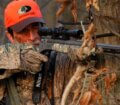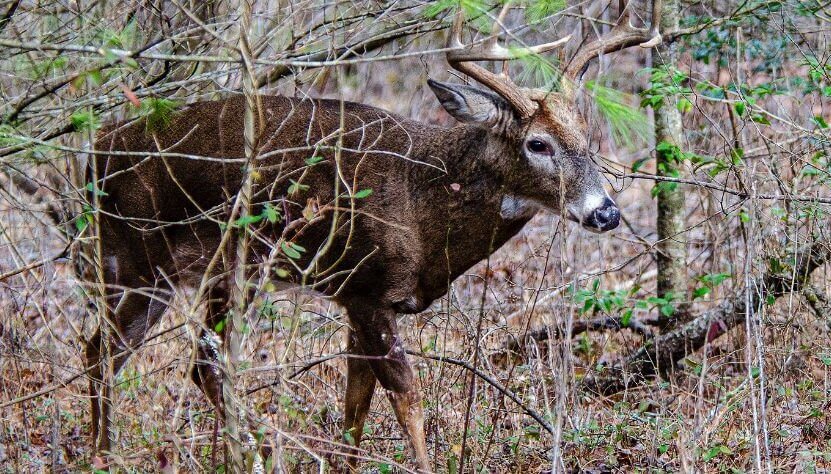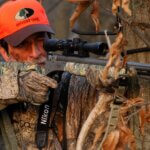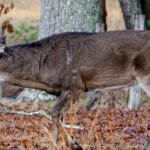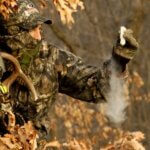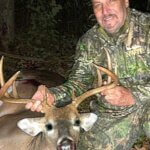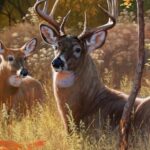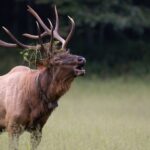Editor’s Note: Paul Butski of Scio, New York, historically has been a turkey-call manufacturer, worked with Walker’s Game Ear, and is currently the sales manager for GSM Outdoors, owns Stealth Cam, Hawk Treestands, NAP Archery Products, American Hunter Feeders, Hunter Specialties, HME products, Birchwood Casey, Muddy, and other outdoor brands.
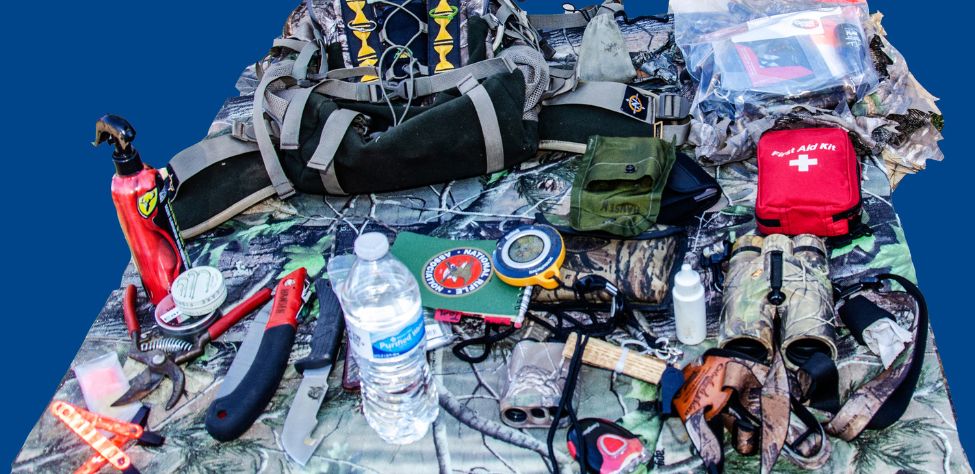
One of the critical ingredients to having a comfortable and successful hunt is the equipment you carry in your day pack when you hunt during gun or bow season. For me, the most critical ingredient is having sandwiches and something to drink. I also take:
- Scent-A-Way spray or another type of cover scent If you’re hiking a mile or two into the back of the property you’re hunting, more than likely, you’ll generate plenty of human odor. Although I may not neutralize all my body’s human odor, I can drastically reduce that odor by having some scent eliminator in my pack.
- Binoculars and my range finder: These two optics can help you spot more deer, see their direction, determine your range from the deer, and spot an opening where you can probably take a shot.
- Some deer drag because when I go into a remote area, I may or may not have a friend hunting with me. A deer drag can make getting the deer out of the woods easier and quicker than trying to drag that deer by its antlers or feet.
- A note to leave in my car to tell my family or friends where I’m hunting. Then, if I need help getting the deer out or get into trouble, my friends and family can find me.
- My cell phone from hunting deer in bow season, I should know whether or not I’ll have cell service in the area I plan to hunt.
- OnX Maps. If I’m hunting on property that I’ve never hunted before, I’ll have OnX maps loaded onto my cell phone. Then, even if I don’t have cell service, I can still download those maps and navigate back to my truck.
- I have a small cellphone battery charger so that if I run my battery down while navigating to the spot I’m hunting, I can recharge my cell phone. Then, I either call or use my navigation system to know which direction I need to go to get the deer and myself out of the woods.
- Two flashlights and batteries. Suppose the batteries on my number-one flashlight go dead. In that case, I’ll need to use the second flashlight to see how to take the batteries out of my number-one flashlight and use the second flashlight to find the extra battery case in my pack, take the battery out of the case, and put the battery properly in the first flashlight.
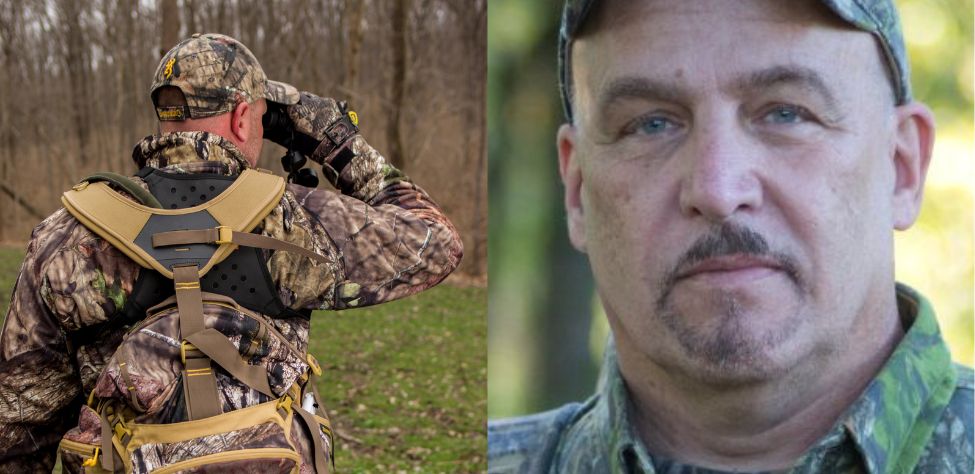
- A first-aid kit with Band-Aids, moleskin, aspirin, and necessary medicines
- Firestarter, wind direction powder, and a space blanket. No one ever plans to spend the night in the woods; however, that may happen. With a space blanket to wrap up in, matches, and/or a lighter to start a fire, you’ll be much more comfortable staying in the woods until the following day.
- Extra shells. If I’m hunting with a rifle with a clip, I’ll put those extra shells in that clip and put the clip in a Ziploc bag to keep moisture out of them.
- A lightweight, compactable Gore-Tex rain suit for two reasons. If I encounter freezing weather, the rain suit will cut the wind and help me preserve my body heat. If rain or snow falls, I’ll stay dry.
- A gut hook: if I have to field dress my deer, I have the equipment I need to perform that task. I’ll have some Ziploc bags to put deboned meat in to lighten my load instead of dragging the deer back.
- A rope or webbing to hang the deer or the meat up in a tree until I can return to my vehicle
- Healing tape to mark my trail to return to my downed deer.
- A compass. Then, if my batteries go down on my cell phone and if I’ve noted the direction I’ve gone into the woods, I’ll know the general direction to come out.
I think knowing how to navigate into the woods, navigate to your stand site, and navigate out of the woods, whether by day or night, may be the most important skill required for success for the deer hunter.
Expert Guidebooks on BowHunting Deer: Best Sellers
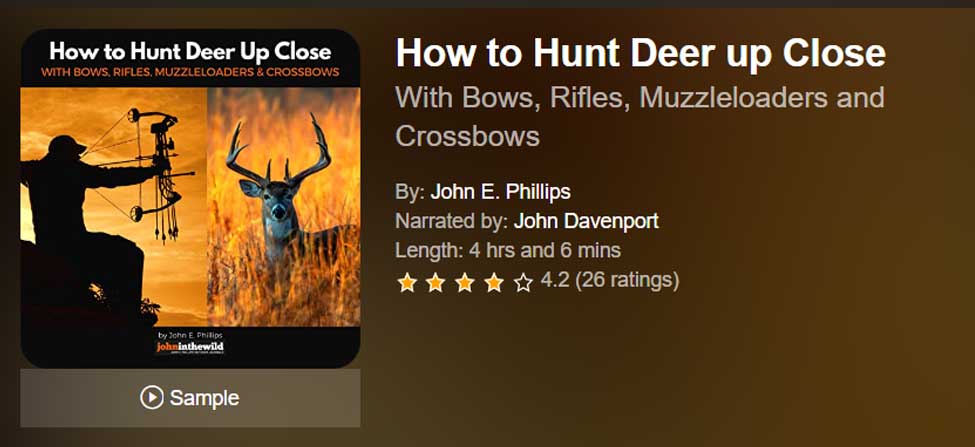
How to Hunt Deer Up Close with Bows, Rifles, Muzzleloaders and Crossbows
To be more successful as a deer hunter, learn all you can about the animal, the wind, the temperature and the techniques required to get in close.
In this book, you’ll hear about some of the best hunters in the nation who know how to hunt deer close, including one of the greatest archers who ever lived, Howard Hill.
John E. Phillips also shares his own deer stories and hunting tips from 50 years of experience.
VERSIONS: AUDIBLE, KINDLE & PRINT
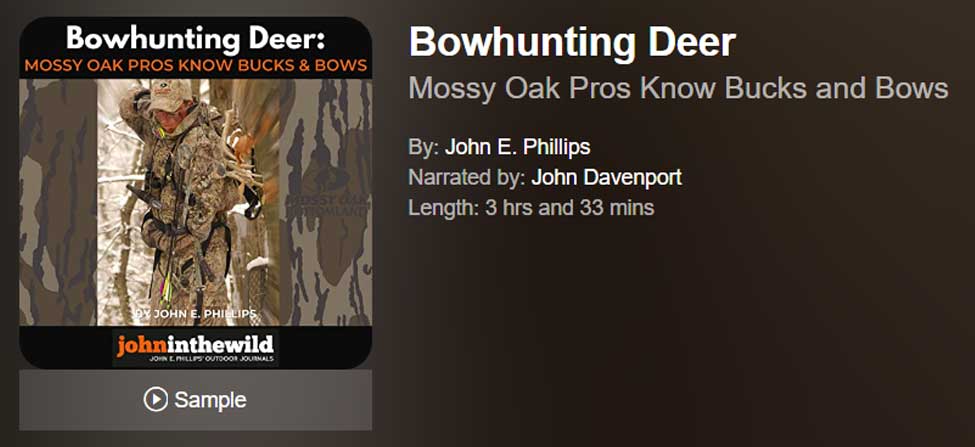
Many deer hunters have told me: “I want a deer-hunting book with regular hunters who are just like me” and “I want a deer-hunting book with the best advice from the best professional deer hunters in the nation”.
Mossy Oak’s Pro Staff is made up of some of the nation’s best deer hunters, professional deer hunters, and TV hosts whose names and advice often are heard in deer camps all over the nation. But many of the more than 1,000 Mossy Oak Pro Staff hunters are everyday, weekend, and vacation deer hunters just like you.
Whether you hunt private or public lands, you’ll find tips and tactics in this book from the Mossy Oak Pro Staff that will increase your odds for locating and taking the bucks of your dreams.
If you’re serious about learning to hunt and take deer with a bow, if you’re looking for a different strategy that will help you identify and harvest big bucks, if you want to learn from your misses as well as from the shots that connect, and if you enjoy being in the great outdoors that the Good Lord has blessed us with, then this book is for you.
VERSIONS: AUDIBLE, KINDLE & PRINT
Tomorrow: Paul Butski – Other Ideas for Taking Deer

